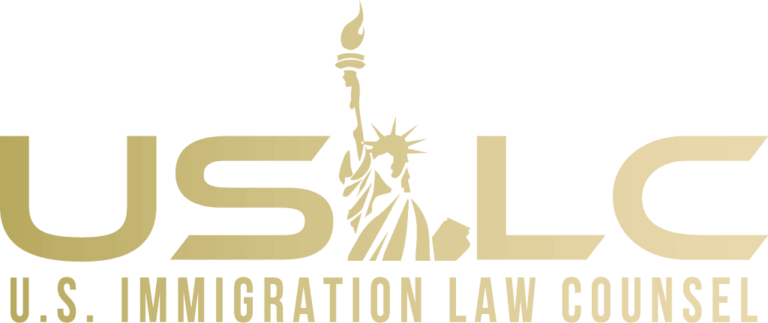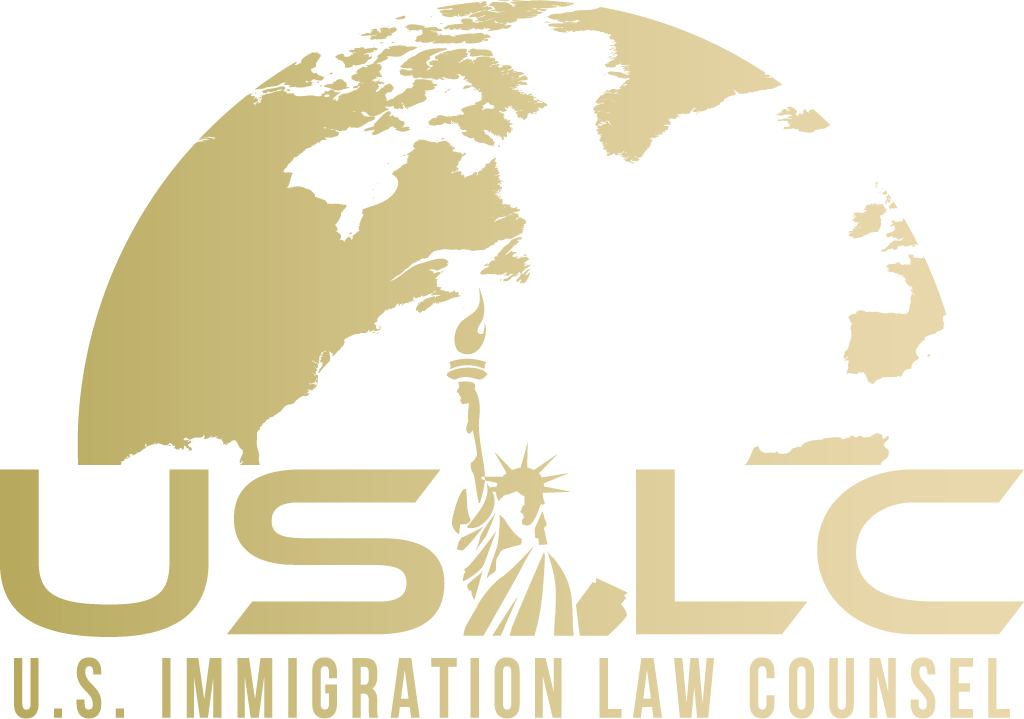Informing yourself about the distinctions between H-1B and H-1B1 visas will be key to making the correct visa decisions for your specific immigration case. Hiring an experienced immigration attorney will enable you to carry on with your profession with fewer worries about your status requirements.
What is an H-1B Visa?
The H-1B is a visa that allows U.S. employers to employ foreign workers in specialty occupations. A specialty occupation requires the application of specialized knowledge and a bachelor’s degree or the equivalent of work experience. The visa is valid for three years, then extendable to six years, after which the visa holder can reapply. Laws limit the number of H-1B visas that are issued each year. Congressionally mandated caps limit the number of H-1B visas that can be issued each fiscal year to 65,000 visas, and an additional 20,000 set aside for those graduating with master’s degrees or higher from a U.S. college or university. An employer must sponsor individuals for the visa.
Specialty Occupation Designations for an H-1B Visa
An H-1B visa lets you temporarily work in a specialty occupation in the United States. Specialty occupations include biotechnology, chemistry, computing, architecture, engineering, statistics, physical sciences, journalism, medicine and health, economics, education, research, law, accounting, business specialties, technical writing, theology, and the arts. These specialty occupations require that you have attained a bachelor’s degree or its equivalent as a minimum (unless you’re a fashion model, in which case you must be “of distinguished merit and ability”). H-1B work authorization is strictly limited to employment by the sponsoring employer.
Employment on an H-1B Visa
As an H-1B visa holder, you must continue to be employed to stay in H-1B status. If your employment ends for any reason, you must leave the U.S., unless you apply for and are granted a change of status or find another employer that’s compatible with the H-1B status. You have a grace period of up to 60 days after employment termination to stay in the United States.
Stay Duration on an H-1B Visa
You’re typically able to stay in the U.S. for six years on an H-1B visa. You can maximize your length of stay in certain circumstances that include:
- If you submit a Form I-140 immigrant petition or a labor certification before your fifth anniversary of having the H-1B visa, you can renew your H-1B visa in one-year increments until a decision has been rendered on your application for permanent residence.
- If you have an approved I-140 immigrant petition but are unable to initiate the final step of the green card process because your priority date isn’t current, you can get a three-year extension on your H-1B visa until your adjustment of status can finish.
H-1B Visa vs. H-1B1 Visa
The H-1B1 visa is a type of H-1B visa with some distinct differences. These include:
- H-1B visas are available to all non-US immigrants, while the H1B1 visa is only available to you if you are from Singapore or Chile.
- All H-1B classifications require your employer to file Form I-129 (Petition for a Nonimmigrant Worker), while H1B1 visa holders need only file the form when applying for a change of status, extension of status, or change of employer while present in the U.S.
- H-1B visas have a stay duration of three years, and you can extend it by another three years. After those six years, you must leave the U.S. for at least a year before starting your next H-1B, unless you have a pending application for permanent immigration status. If you have an H-1B1 visa, you can renew it every year indefinitely.
- A narrow list of specialty occupations qualify for an H-1B visa, all of which require a bachelor’s degree or equivalent work experience. Those same specialty occupations make you eligible for an H-1B1 visa, along with agricultural managers and physical therapists if you’re Chilean, and management consultants and disaster-relief claim adjusters if you’re either Chilean or Singaporean.
- You may hold an H-1B visa while intending to immigrate to the United States. If you have an H-1B1 visa, you must demonstrate that you do not intend to become an immigrant, and you may not apply for a Green Card while holding the visa.
- If you have applied for an H-1B visa, you can start a job with a new employer as long as they have submitted a Form I-129, even before the form is approved. If you have applied for an H-1B1 visa, you can start work with an employer only after your H-1B1 classification has been approved, even if you are switching jobs.
- Your H-1B is eligible for Premium Processing. If you or your employer can pay the required $2,500 to expedite your application, USCIS guarantees a response within 15 calendar days. If you are applying for an H-1B1 transfer of status, it is ineligible for Premium Processing.
- As far as start dates go, the H-1B application opens every April 1, 6 months before the official start date on October 1. If you are accepted in the H-1B visa lottery, you can’t start working until October 1, and if you’re abroad, you can’t travel to the U.S. on H status until 10 days before your start date. If you’re pursuing an H-1B1 visa, you can travel to the U.S. and start working as soon as your petition (I-129 or consular processing) is approved.
How An Immigration Attorney Can Help
You can benefit by having an immigration attorney who’s experienced in H-1B and H-1B1 cases. They can identify lesser-known provisions or exemptions that might benefit you—like the Master’s degree exemption for the H-1B cap or discerning if your profession qualifies under the specialized categories for H-1B1. They can help you mitigate potential roadblocks, such as RFEs (Requests for Evidence), by helping you prepare a robust initial application. And as your circumstances change, like switching jobs or employers, your attorney can ensure that you stay in compliance with your visa requirements.






